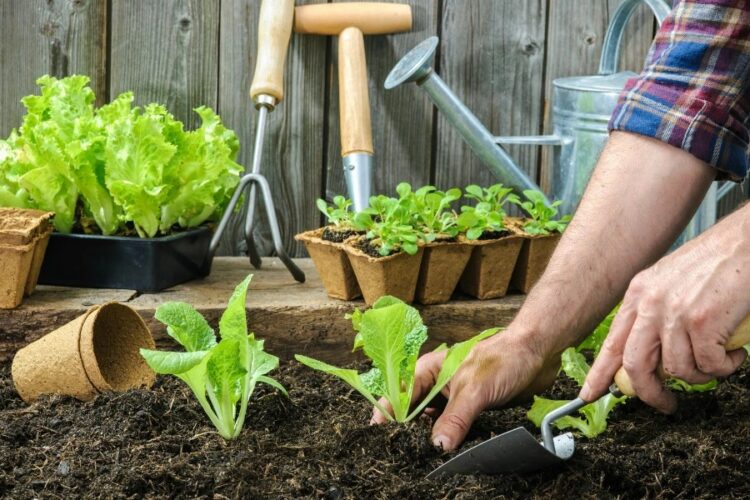The ability to provide one’s loved ones with vegetables at their optimum in terms of flavor, freshness, and organic content is one of the many compelling arguments in favor of growing one’s own vegetables at home. Utilize the fact that you will know exactly what you are placing on your table by harvesting your own crops, since you will never learn how some of the foods you purchase from the market were grown and processed. Check the weblink to get the details in detail.
To get you started, we will discuss some of the fundamentals of cultivating things at home in our list of the best vegetable gardening advice for beginners.
Formulate a future-oriented strategy
There are numerous factors to consider when cultivating fruits and vegetables in your garden. The first factor to consider is, of course, the types of vegetation you desire to cultivate the most.
Find out which fruits, vegetables, and herbs are among your favorites, paying special attention to those that are difficult to find on the market or that taste best when ingested immediately after picking. Some of the finest examples include corn on the cob, carrots, garlic chives, and quinoa. Some of these can be incredibly resilient, whereas others can be incredibly fragile. If you are concerned about the demise of your plants, purchasing a greenhouse may be your best option.
Get underway immediately
Your enthusiasm for establishing a portion of your garden that will be self-sufficient is commendable. Nonetheless, this must begin at the appropriate time of year.
One of the best things you can do is purchase seed containers for all of the vegetables you plan to eat over the course of the next few months. This is an example of a recommended practice. The overwhelming majority of these kits include a planting guide that specifies the optimal times of year to start planting your crops.
Organize everything well ahead of the development season
By preparing the soil and other elements, you can make use of the time while you are waiting for the optimal months to begin planting your vegetables. Whether you intend to cultivate plants in containers or traditional plant beds, place your seed orders and prepare your growth locations.
Rather than sowing seeds, invest in young vegetation
It is unquestionably more economical to commence planting with seeds. Those who are just starting out may find it difficult to care for their plants during the early stages of their development. Therefore, you have the option of purchasing immature plants, such as grafted varieties, which are believed to have 75 percent higher yield increases.
Ensure that you choose a suitable location
When deciding where to plant vegetables, it is essential to consider the available sunlight, the type of soil, and the adjacent environment.
Because the majority of vegetables require at least six hours of direct sunlight per day, the optimal location for producing them should be chosen. This will increase the quantity of your harvest as well as the size and aroma of your vegetables.
A 16-by-10-foot vegetable garden is ideal for beginners, particularly if it contains easy-to-grow plants. Recent research indicates that a garden of this size can already provide enough food for a family of four for the entire summer, with leftover vegetables that can be preserved, frozen, or donated.


